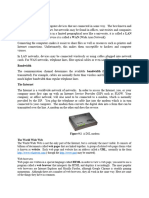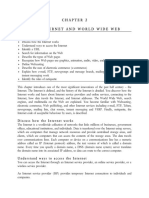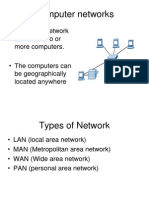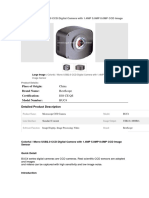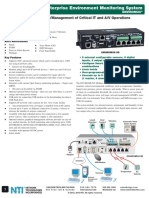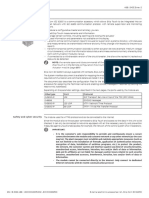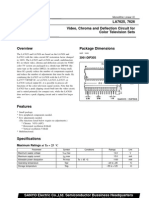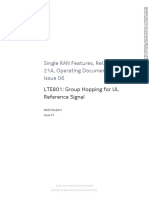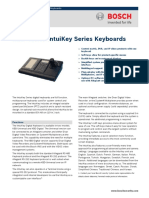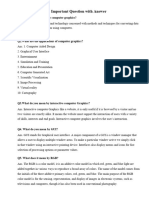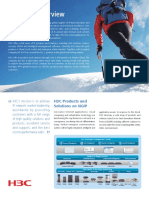0% found this document useful (0 votes)
51 views20 pagesChapter 2
The Internet is a global network connecting millions of users and organizations, originating from a U.S. Department of Defense project called ARPANET. It provides various means of access through broadband, DSL, fiber-optic, and wireless services, with Internet Service Providers (ISPs) facilitating connections. The World Wide Web, a key service of the Internet, consists of interconnected documents accessible via web browsers, with search engines and subject directories aiding in information retrieval.
Uploaded by
sahmad.phdai24seecsCopyright
© © All Rights Reserved
We take content rights seriously. If you suspect this is your content, claim it here.
Available Formats
Download as PDF, TXT or read online on Scribd
0% found this document useful (0 votes)
51 views20 pagesChapter 2
The Internet is a global network connecting millions of users and organizations, originating from a U.S. Department of Defense project called ARPANET. It provides various means of access through broadband, DSL, fiber-optic, and wireless services, with Internet Service Providers (ISPs) facilitating connections. The World Wide Web, a key service of the Internet, consists of interconnected documents accessible via web browsers, with search engines and subject directories aiding in information retrieval.
Uploaded by
sahmad.phdai24seecsCopyright
© © All Rights Reserved
We take content rights seriously. If you suspect this is your content, claim it here.
Available Formats
Download as PDF, TXT or read online on Scribd
/ 20













